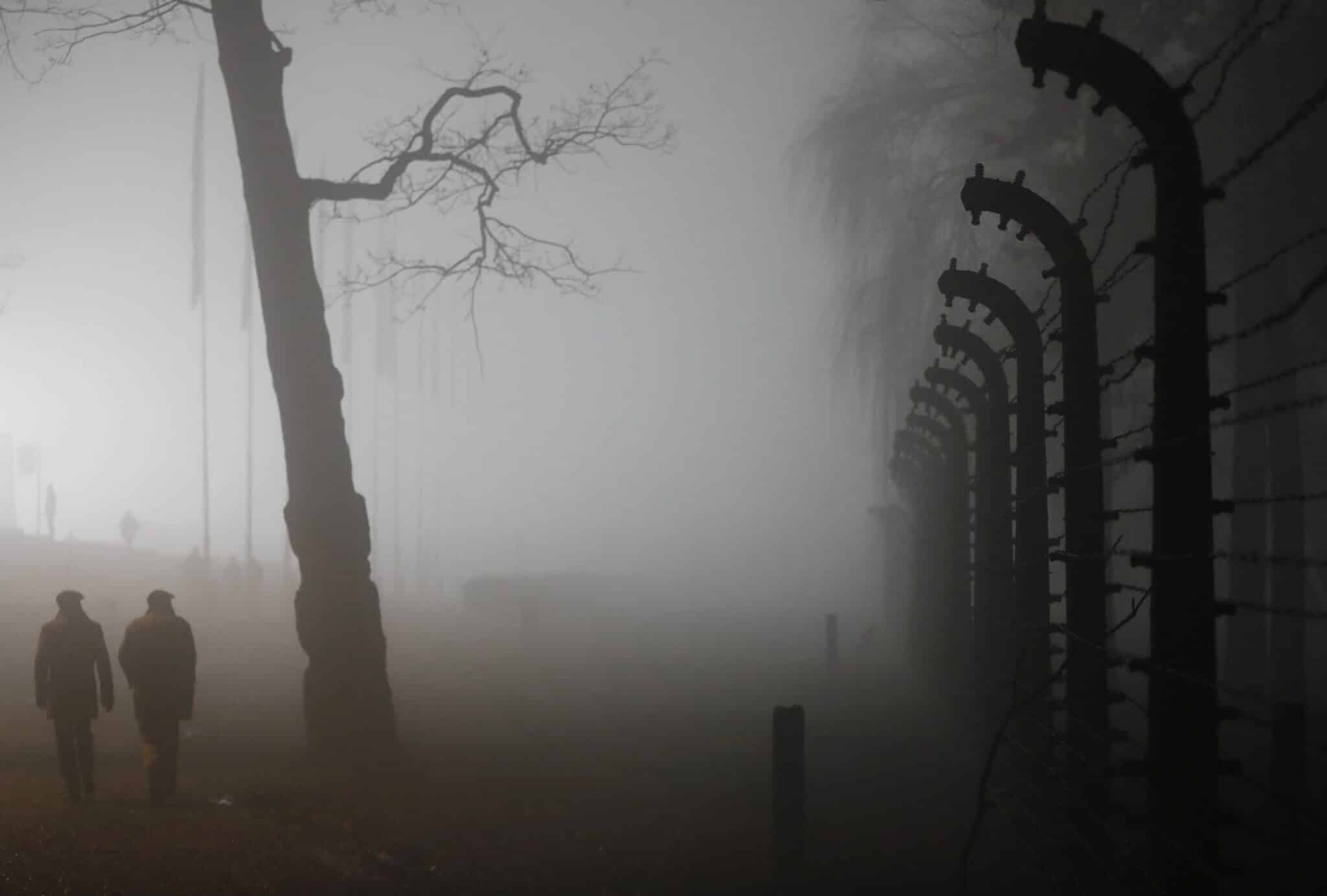Pope John Paul II canonized Conventual Franciscan Father Maximilian Kolbe in Rome on October 10, 1982. Millions of Catholics around the world and people of other faiths are aware of this saint’s sacrifice. In late July 1941, at the Auschwitz concentration camp, Maximilian, in a great act of love, offered his life for the life of a Polish Jew, Sergeant Francis Gajowniczek, who was married, with a family. He died on August 14.
It wouldn’t be the first time Maximilian showed bravery and love in the face of danger.
Raymond Kolbe was born in Zdun´ska Wola, Poland. He went to the Conventual Franciscan seminary in Lviv, taking the name Maximilian and getting ordained in 1918. While studying at the Gregorian University in Rome, Maximilian established the Knights of Mary Immaculate, a group dedicated to recognizing Mary as the queen and mother of human society and God’s instrument for the conversion of the world.
Love for Our Lady
Maximilian was influenced by his parents to have a great devotion to the Blessed Virgin Mary. When he was 12 years old, Maximilian made a twofold promise to Mary to be both prayerful and willing to become a martyr. In August 2010, I visited the first monastery he built on the outskirts of Warsaw, Poland, in 1927.
Maximilian named this monastery Niepokalanow, which means “City of the Immaculate,” in honor of Mary. During my visit, a Polish Franciscan told me about a vision young Maximilian had of the Virgin Mary that changed his life. Maximilian wrote the following description of this pivotal experience:
“I asked the Mother of God what was to become of me. Then she came to me holding two crowns: one white, the other red. She asked me if I was willing to accept either of these crowns. The white one meant that I should persevere in purity and the red that I should become a martyr. I said I would accept them both.”
The Polish Franciscans in Warsaw also explained that Maximilian, as a seminarian and as a priest, founded several publications and spiritual movements to promote the intercession of Mary. These publications and movements still remain active today in Poland, Japan, and around the world
St. Maximilian Kolbe’s death coincided with key Marian dates. He was martyred on August 14, the vigil of the feast of the Assumption of Mary. And he was cremated on August 15, the actual feast of her Assumption.
A Missionary Spirit
True to his authentic Franciscan spirit, Maximilian did not want to serve the people of God only in Europe. He wanted as well to be an instrument of peace and to bring Jesus Christ and the Blessed Virgin Mary to other nations. In 1930, with missionary zeal and with four other Conventual Franciscans, he set out for the Far East. They visited such places as Saigon, Vietnam; and Shanghai, China.
Franciscan sources both in Poland and in Japan do not indicate exactly why Maximilian and his fellow friars settled on Nagasaki on April 24, 1930. Yes, they wanted to be missionaries, but why Japan, a country that was overwhelmingly Buddhist and Shintoist?
The Japanese Franciscans whom I met in Tokyo and Nagasaki in early December 2010, though, explained that Nagasaki has been the cradle of Christianity because of European Catholic missionary efforts in the early 16th century. Franciscans and Jesuits introduced many Japanese people to the Christian faith. And this led to mass conversions and the building of many new churches.
Martyrdom Finds Maximilian
Maximilian’s vision for his mountainside friary in Nagasaki was a combination of a retreat house, a printing press for Marian publications, and a seminary for prospective members of the Franciscan Order. Maximilian named it “Garden of the Immaculate” (in Japanese, Mugensai no Sono).
Poor health, however, forced Maximilian to return to Poland and his beloved friary there. Although his desire for martyrdom was not realized in Japan, Maximilian, as we already know so well, experienced the pain and glory of being martyred for Christ on August 14, 1941, in Auschwitz, near Krakow.
It’s interesting to note that nearly four years to the day of his death, on August 9, 1945, the United States armed forces dropped the second atomic bomb on the city of Nagasaki, which killed 72,000 people, including an estimated 9,000 Catholics.
Among these were priests, nuns, seminarians, and other religious.
When Pope John Paul II visited Nagasaki in 1981, he drew a similar conclusion: although the body of Maximilian Kolbe may have died in Auschwitz in 1941, his spirit still lives and shines throughout the world.
Throughout his life, St. Maximilian demonstrated beautifully that love is stronger than hatred and violence—and in the end will overcome these evils.


